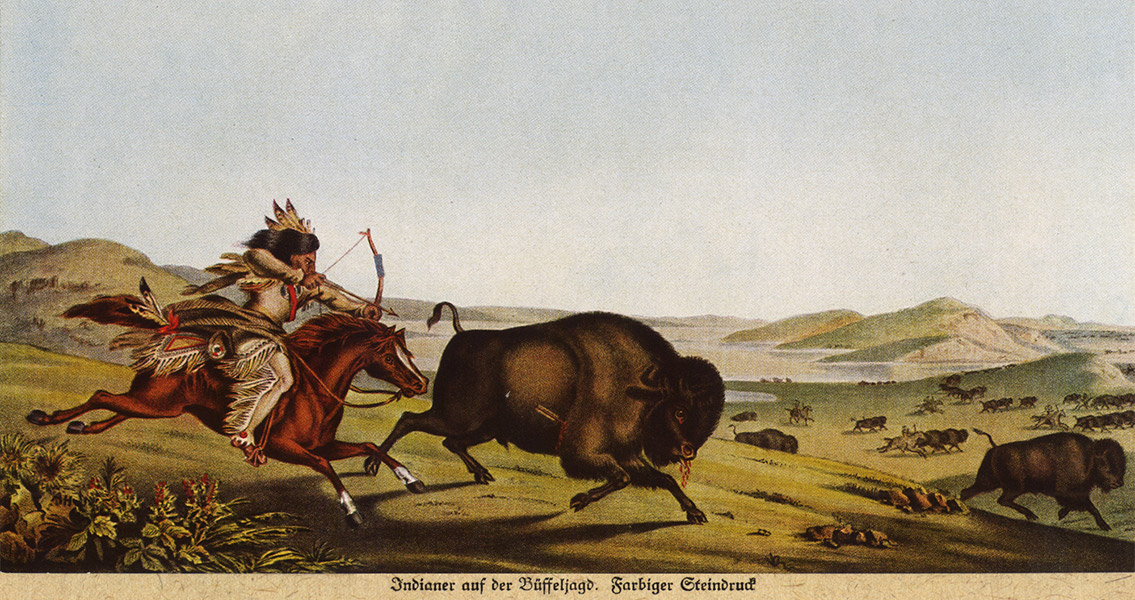<![CDATA[Researchers went to a site already well-known to scientists in southeastern Arizona - Cave Creek Midden – looking for corn, instead they found the remains of bison which appeared to have been killed at the site over 3,000 years ago. The discovery has far-reaching implications to both past and present research, causing some archaeologists to reconsider a period of history in the region. In the desert near Portal, Arizona, only a few miles from both New Mexico and Mexico, researchers uncovered the bison kill site, which featured hundreds of bones and fragments of bones, along with the remnants of stone tools and numerous cobblestones. Surprisingly, the approximately 18 inch (45 cm) layer of dark soil where the bones were found had either been missed or simply dismissed during earlier excavations. Scientists were able to date these materials to around 1,300 BCE. The initial investigation at the site in 1936, revealed stone tools as well as other artifacts which came to characterize a critical chapter in Southwestern history; the period from around 4000 BCE to 500 BCE, when humans first began re-settling in the Southwest and developing the methods needed to farm corn. A large bison kill at the location adds a completely new chapter to the site’s story and a new understanding of the people who lived there “The presence of bison at the Cave Creek Midden site opens interesting avenues of research,” Francois Lanoe, a doctoral student and study participant told Western Digs, adding, “If bison were a major component of people’s diet, well, it is unexpected in that region of the Southwest. If they were not, it is equally interesting: Why would people bypass such a highly-ranked resource?” Little is known about this period of Southwestern history, referred to as the Middle Archaic, because very little has been found. This is one of the reasons researchers were returning to the site. The presence of some artifacts are easier for archeologists to explain than the absence of others. For example, the cobbles might have been used for breaking bones or bludgeoning animals, or simply as stepping stones laid down to cross the marsh. Large numbers of manos (hand tools) were discovered as well. What is absent from the site are the cooking and butchering tools typically associated with these types of sites; knives, choppers projectile points and pounders would be the typical assemblage of tools required to dismember and kill the bison. Also, there was little to no evidence found at the site of the boiling vessels (ceramics) required to cook the meat. Confounding the researchers even more are the findings which suggest the animals were, in fact, killed on site. Examinations of the bison skeletons indicate the entire bison was present at the site, as opposed to only processed pieces which would be typical if the bison had been butchered elsewhere and carried to the site. One possibility is that rather than being hunted, the bison simply wandered into the muck, became stuck and died there. A majority of sites in the region have only a handful of bison specimens while the Cave Creek Midden site has well over 200, which came from at least six individuals. Research will continue in the effort to untangle the myriad of clues. These findings were recently reported in Tucson, Arizona at the 39th Annual Conference of the Society for Ethnobiology. ]]>
Researchers Look for Corn and Find Bison Bones Instead
